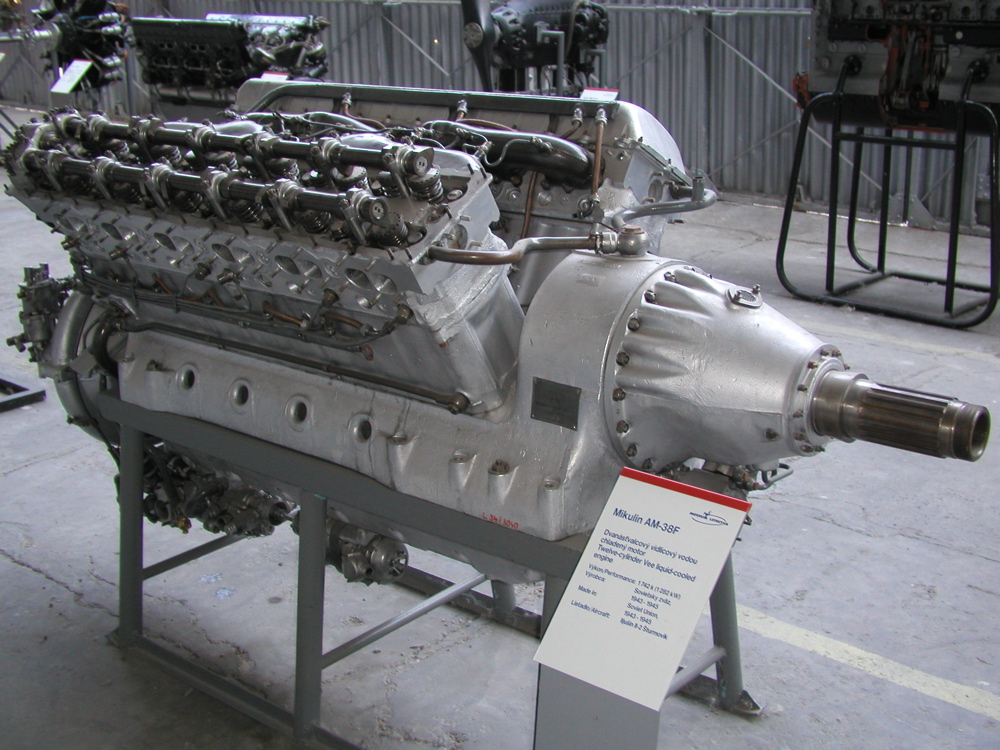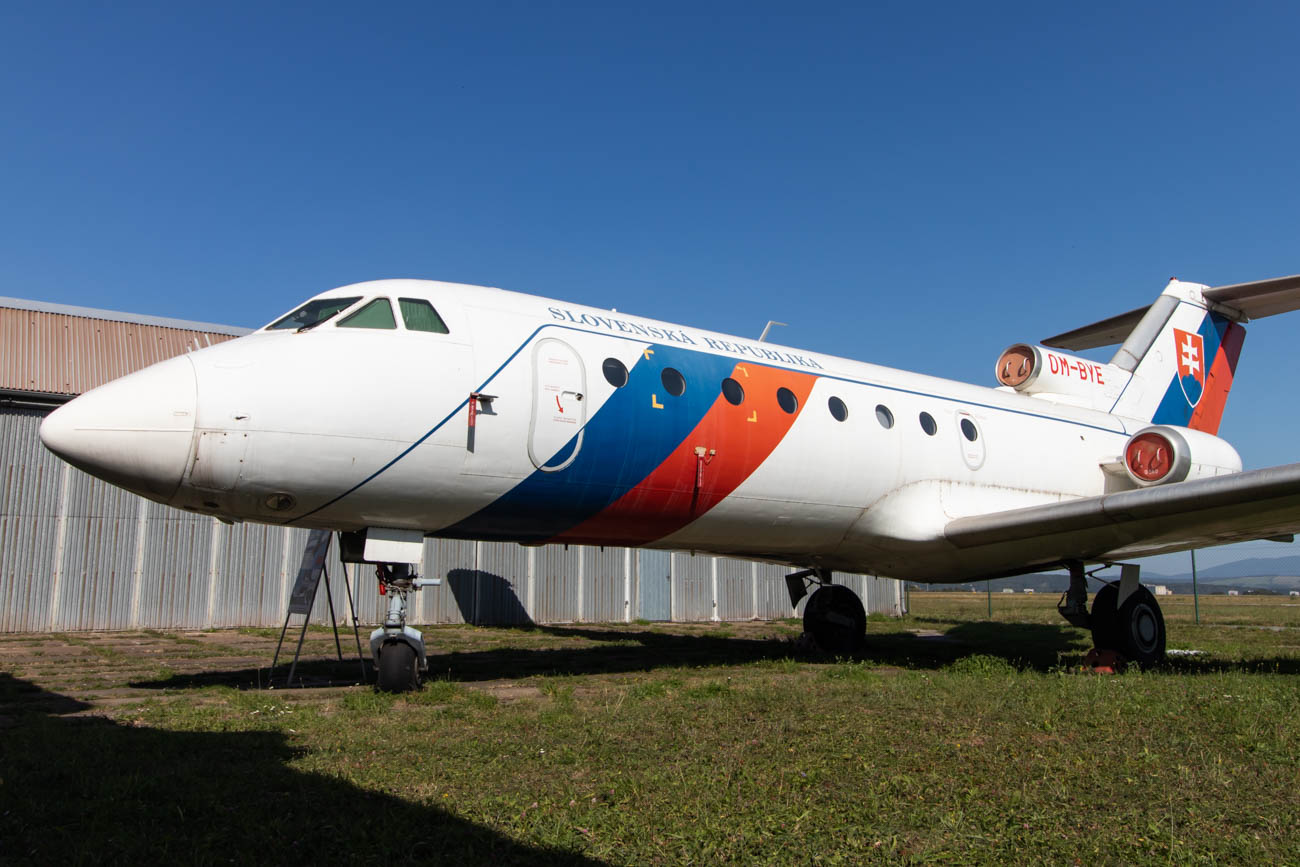GregP
Major
Not trying to argue, but what does this have to do with WWII aircraft or, more specifically, the best engine of the war?
I'm nominating the Pratt & Whitney R-2800 with the Rolls Royce Merlin being in a near dead heat for the best. There are quite a few "good" ones, though, on both the Allied and Axis side.
I'm nominating the Pratt & Whitney R-2800 with the Rolls Royce Merlin being in a near dead heat for the best. There are quite a few "good" ones, though, on both the Allied and Axis side.
Last edited:



